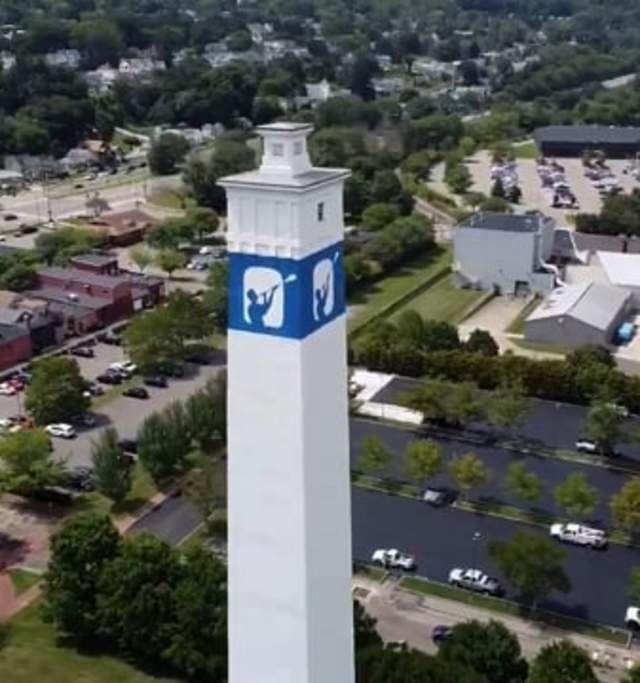Experience Trails & Tours
Our historic district has been recognized as a benchmark for downtown revitalization across the country. Our Experience Trails will provide you with close-up, hands-on adventures in the heart of our beautiful downtown.
The town of Corning was originally developed as the hub of the region's huge lumbering industry. The Chemung River provided the necessary transportation, and in 1851 the rapidly growing community was incorporated as the City of Corning.
Got a sweet tooth? We've got the cure! Visit the downtown businesses on our famous self-guided Chocolate Trail Tour.






